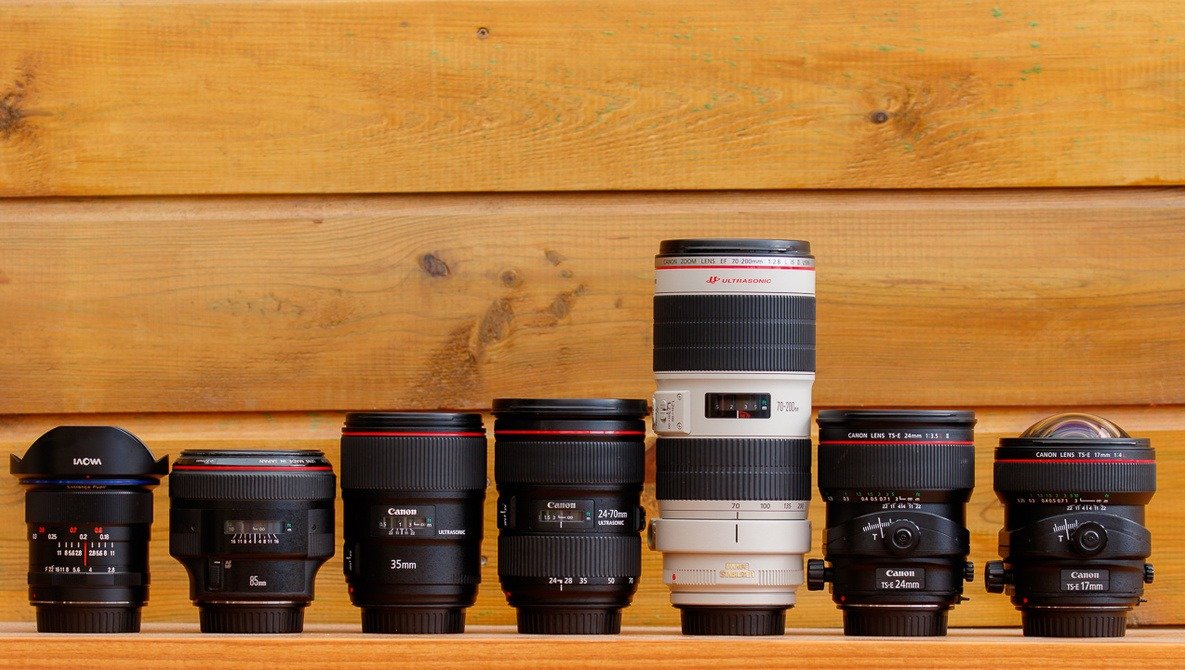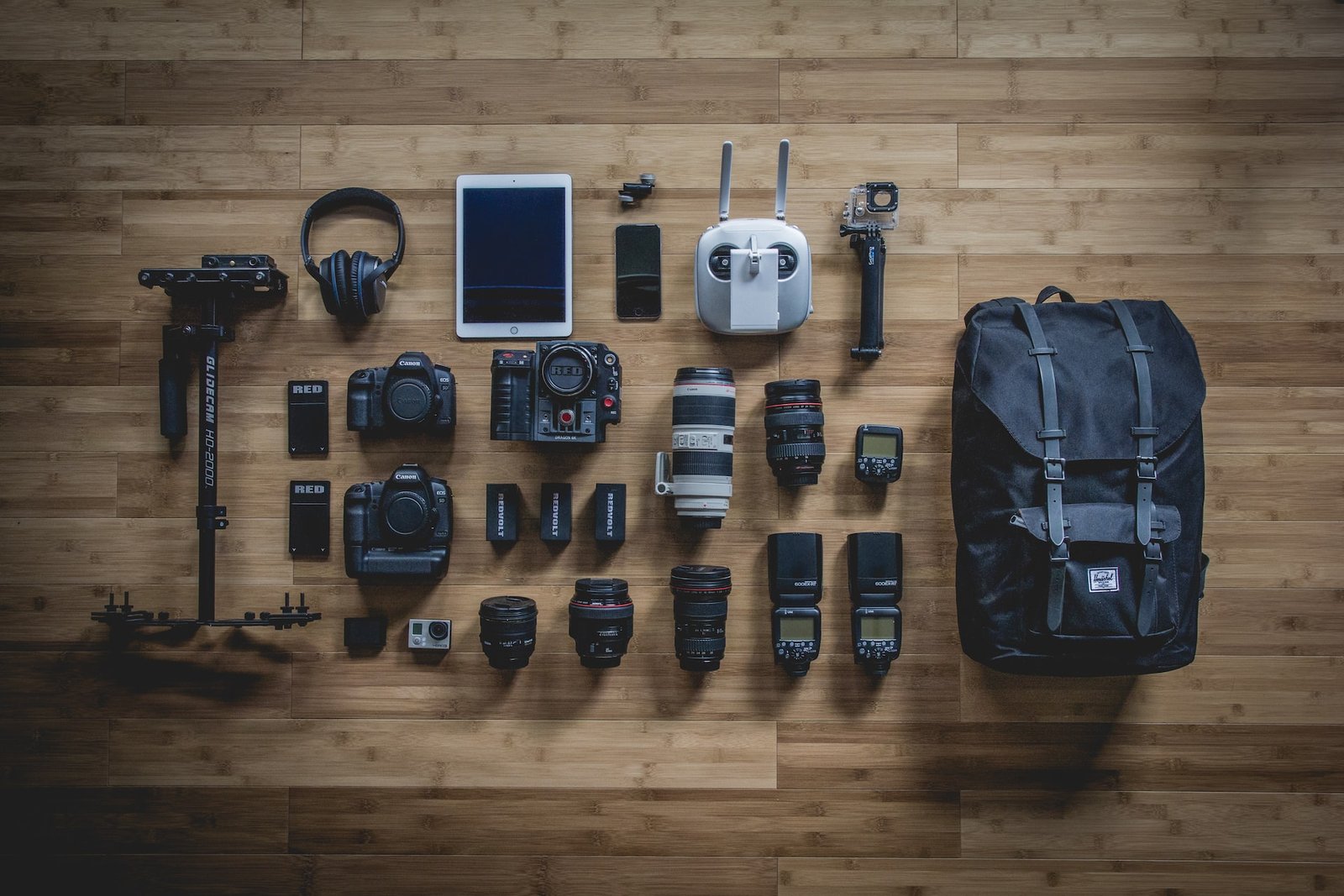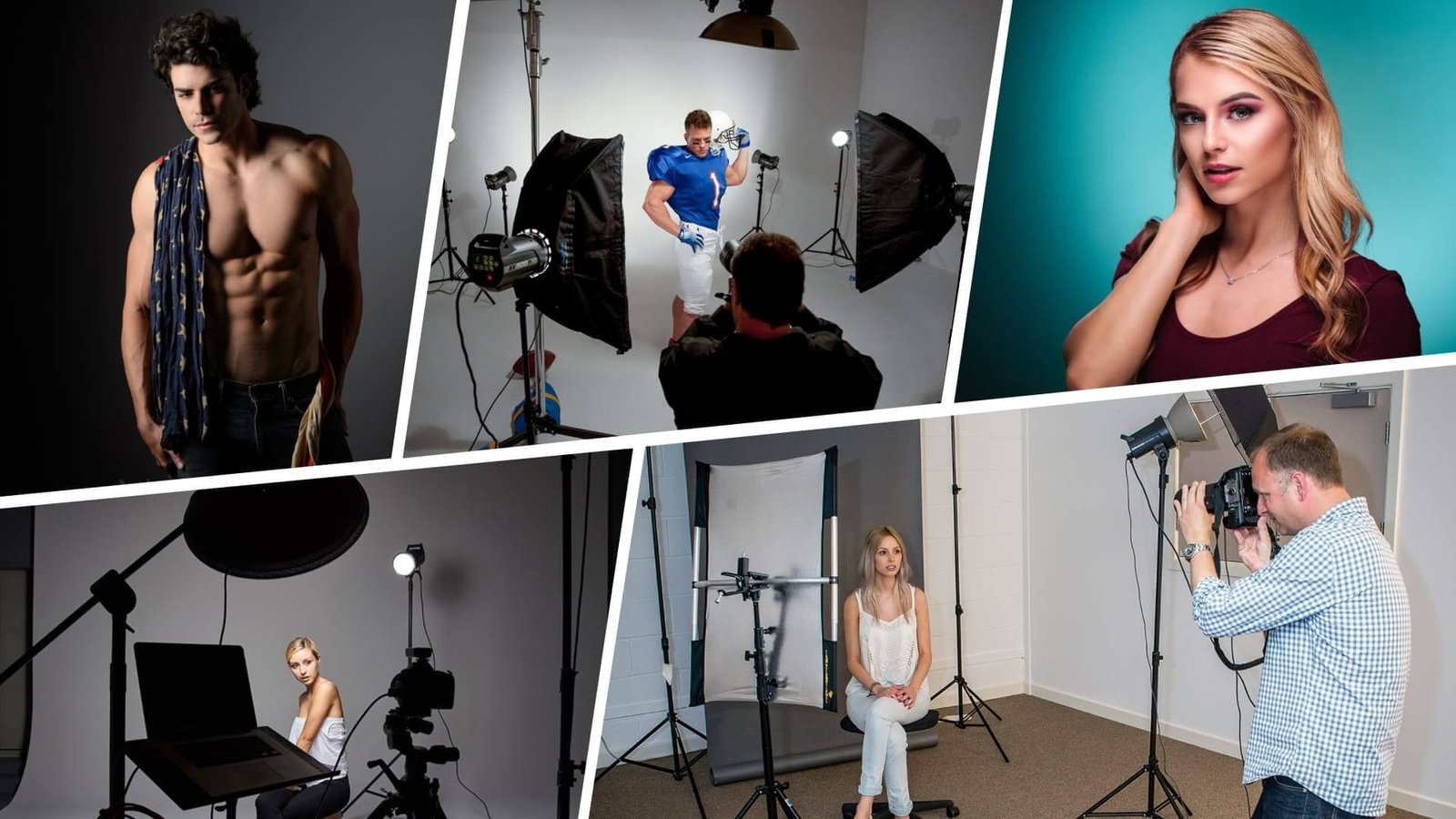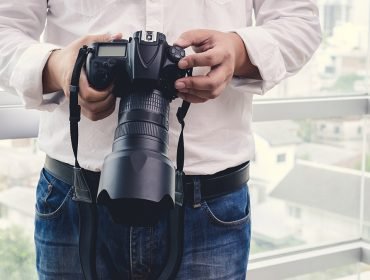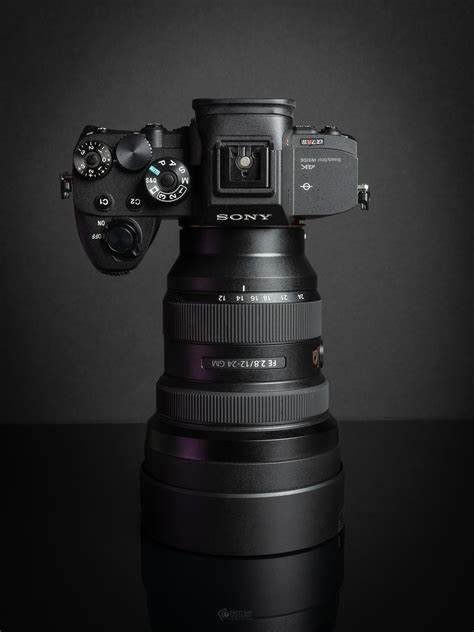Selecting the right lens is crucial in photography, as it can significantly influence the quality and style of your images. With a variety of lenses available, each suited to different photographic needs, understanding which one aligns with your style and goals is key. This guide will help you navigate through the options to find the best lens for your photography style.
1. Understanding Different Types of Lenses
Prime Lenses:
- Description: Prime lenses have a fixed focal length, meaning they don’t zoom. They are known for their sharpness, large apertures, and excellent low-light performance.
- Ideal For: Portraits, low-light photography, and achieving a shallow depth of field.
- Example: 50mm f/1.8
Zoom Lenses:
- Description: Zoom lenses offer a range of focal lengths, allowing you to zoom in and out without changing the lens. They are versatile and convenient for various shooting scenarios.
- Ideal For: Events, travel, and situations where flexibility in focal length is needed.
- Example: 24-70mm f/2.8
Wide-Angle Lenses:

- Description: Wide-angle lenses have a short focal length, providing a wider field of view. They are excellent for capturing expansive landscapes or large interiors.
- Ideal For: Landscape photography, architecture, and group shots.
- Example: 16-35mm f/4
Telephoto Lenses:
- Description: Telephoto lenses have a long focal length, allowing you to capture subjects from a distance. They are great for isolating subjects and achieving a compressed perspective.
- Ideal For: Wildlife photography, sports, and portraiture with background compression.
- Example: 70-200mm f/2.8
Macro Lenses:
- Description: Macro lenses are designed for close-up photography, enabling you to capture fine details of small subjects with high clarity.
- Ideal For: Nature photography, product shots, and capturing intricate details.
- Example: 100mm f/2.8 Macro
2. Assessing Your Photography Style
Portrait Photography:
- Lens Recommendation: A prime lens with a large aperture (e.g., 50mm f/1.8 or 85mm f/1.4) is ideal for portraits. It allows for a shallow depth of field, making the subject stand out against a blurred background.
Landscape Photography:
- Lens Recommendation: A wide-angle lens (e.g., 16-35mm) is perfect for capturing expansive views and grand vistas. It helps to include more of the scene in your frame.
Wildlife Photography:
- Lens Recommendation: A telephoto lens (e.g., 70-200mm or 100-400mm) is essential for capturing distant wildlife. The extended reach helps in photographing animals without disturbing them.
Travel Photography:
- Lens Recommendation: A versatile zoom lens (e.g., 24-70mm) covers a range of focal lengths, making it ideal for various subjects and scenes encountered while traveling.
Macro Photography:
- Lens Recommendation: A macro lens (e.g., 100mm f/2.8) allows for close-up shots of small subjects, revealing intricate details that are not visible to the naked eye.
3. Considerations When Choosing a Lens
Aperture:
- Importance: A larger aperture (smaller f-number) allows more light to enter the lens, which is beneficial for low-light conditions and achieving a shallow depth of field.
- Recommendation: For portraits and low-light photography, consider lenses with apertures of f/1.8 or f/2.8.
Focal Length:
- Importance: The focal length affects the composition and perspective of your photos. Shorter focal lengths (wide-angle) capture more of the scene, while longer focal lengths (telephoto) allow for more zoom and isolation of subjects.
- Recommendation: Choose based on your primary photography needs. For versatility, a zoom lens with a broad range is useful.
Image Stabilization:
- Importance: Image stabilization helps reduce camera shake, especially at slower shutter speeds or with longer focal lengths.
- Recommendation: Consider lenses with built-in stabilization if you often shoot handheld or in low-light conditions.
Lens Compatibility:
- Importance: Ensure the lens is compatible with your camera body, both in terms of mount and sensor size (full-frame or crop sensor).
- Recommendation: Check the manufacturer’s specifications or consult with a camera store to verify compatibility.
4. Budget Considerations
Entry-Level Lenses:
- Description: Affordable lenses that offer good performance for beginners. They may lack advanced features but are great for starting out.
- Example: Canon EF 50mm f/1.8 STM, Nikon AF-P DX 18-55mm f/3.5-5.6G VR
Mid-Range Lenses:
- Description: Lenses with improved optical quality and additional features like faster apertures and better build quality.
- Example: Tamron 24-70mm f/2.8 Di VC USD, Sigma 18-50mm f/2.8 DC DN
High-End Lenses:
- Description: Professional-grade lenses offering superior image quality, advanced features, and robust construction.
- Example: Canon RF 70-200mm f/2.8L IS USM, Nikon Z 24-70mm f/2.8 S
Conclusion
Choosing the best lens for your photography style involves understanding your needs, exploring different types of lenses, and considering your budget. Whether you’re into portraits, landscapes, or macro photography, selecting the right lens will enhance your creative potential and help you capture the images you envision. Start with a lens that complements your style and gradually expand your collection as your skills and interests evolve.
Happy shooting!







